We started our visit to the Valley of the Temples in Agrigento with a stop in the site museum, where in addition to an excellent display of vases and coins there are pieces of 4 telamon from the site. A telamon is a statue that holds up part of a building. It is conjectured that Temple of Zeus was supported in part by 38 of these telamon.
The museum was pretty good with English description for most but not all objects, and the archaeological site was very good. It's not often one can see 7 er 5 Greek temples in one afternoon.
In addition, the site has a Roman-era ruins and Christian cemetery ruins that are adjacent to the Greek Temples.
One of the many vases in the museum.
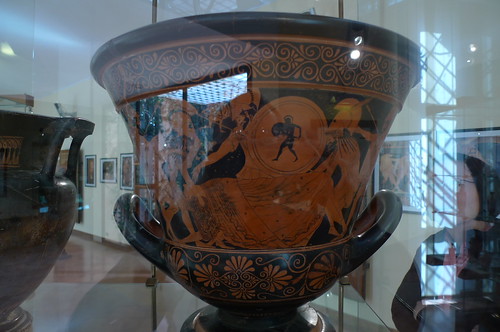
Coin with with owl.

Telamon - over 20 feet tall.
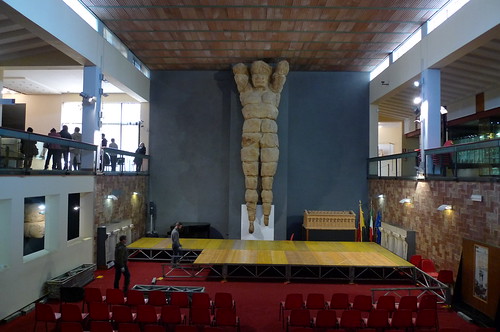
Temple of Castor and Pollux with modern Agrigento behind on the hill.
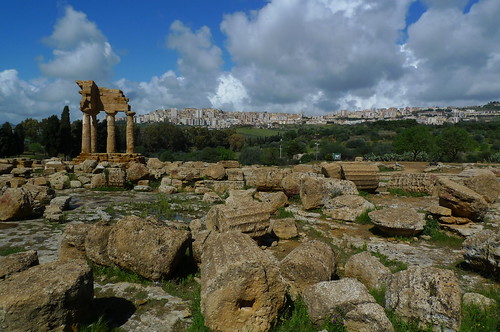
A big heap of rubble, fragments of telamons and columns, foundations, and the altar, are all that are left of the Temple of Zeus.
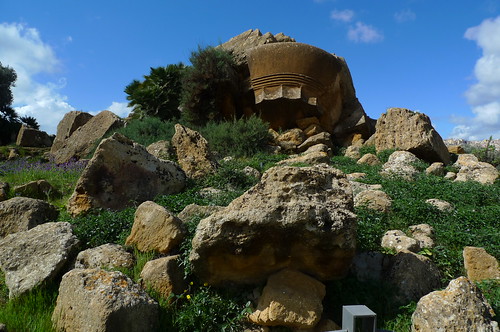
Temple of Hercules.
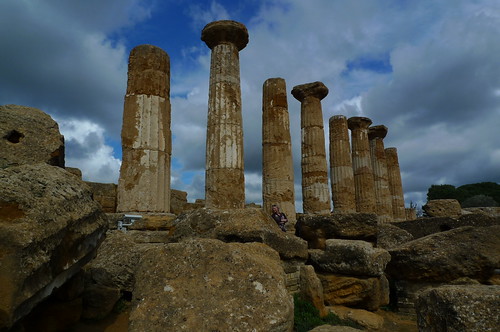
Looking down the Sacred Way to the so-called Temple of Concord, the best preserved of the temples as it's superstructure was converted into a Christian Church about 700 AD.

Concordia reminds one of the temple at Segesta.
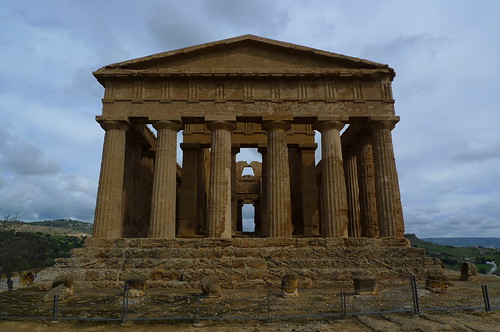
Here you can see how the Greek Temple's cella (main room) was cut with arches to make it the nave of the Christian Church.
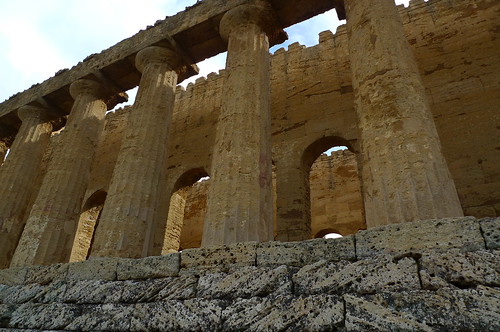
And a view back along the ancient city wall to Temple Concordia.
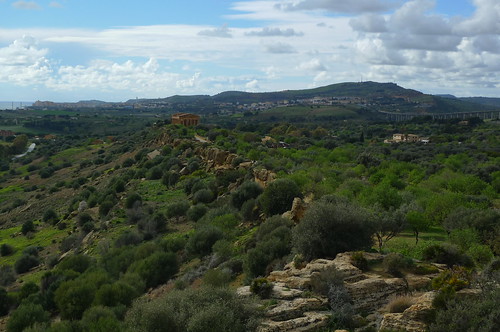
Finally, the Temple of Hera.
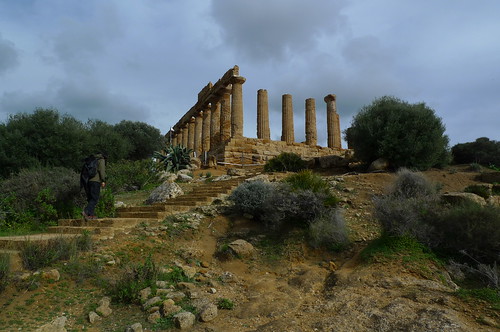
That telemon looks much more suited to the job of holding up a temple than the caryatids in Athens!
ReplyDelete@kathy, Agreed. Not to mention that there were 38 of them. ;-)
ReplyDelete